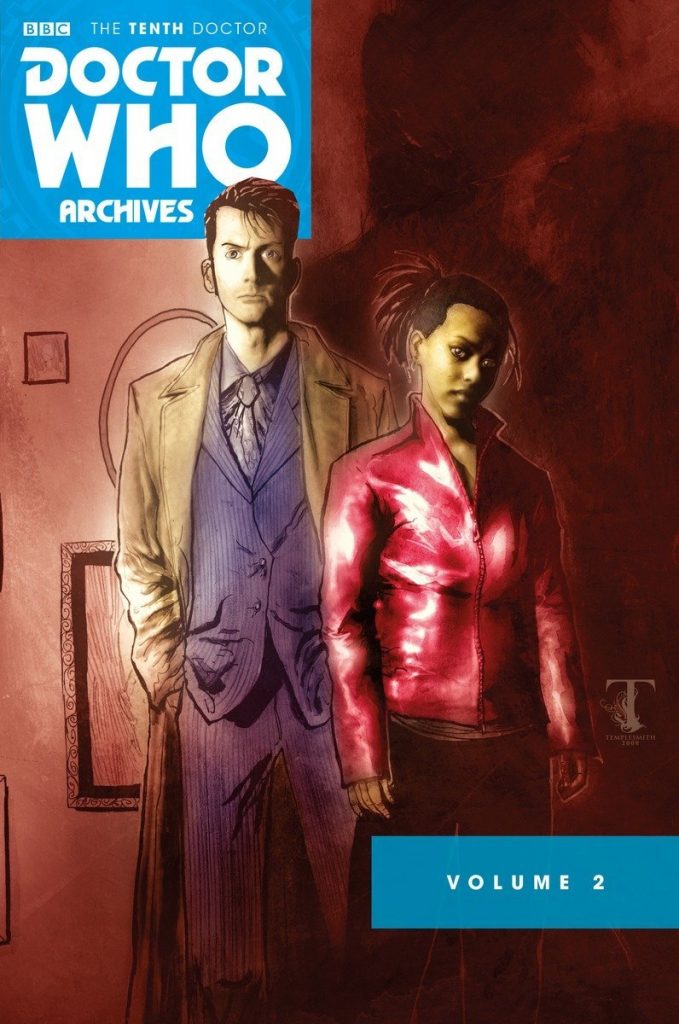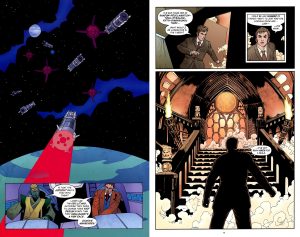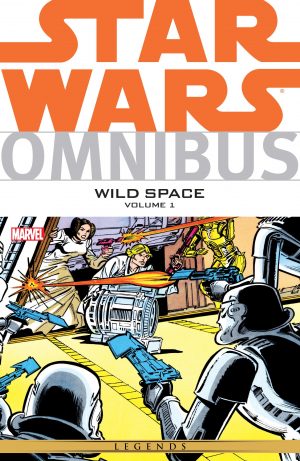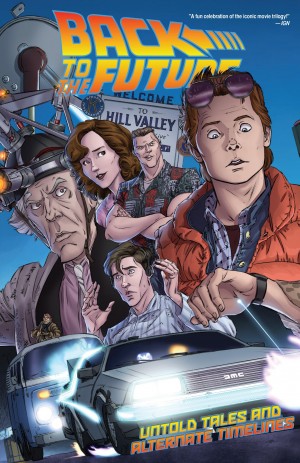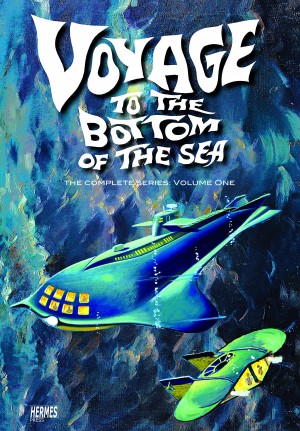Review by Ian Keogh
A lot of Doctor Who stories are packed into this collection, eight if broken down, all involving the David Tennant version, and only one of them running longer than two chapters. The variety is good. We have stories set in the past, stories set in space, assorted aliens, some revisiting TV show concepts and some not, and an enormous difference in the visual interpretations, but they don’t all pass the quality test.
The single best story here is by Leah Moore, John Reppion, and Ben Templesmith, perhaps not the first artist you’d consider suitable for Doctor Who. He surprises though, his style still recognisable, but modified enough to be more commercial. The reason ‘The Whispering Gallery’ is so good is that it convinces effectively with a dramatic emotional hook, cleverly hinging on a society repressing emotion.
Over half the content is written by Tony Lee, including both longer stories, which are almost complete in themselves, but have plot threads connecting them with his work in volume 3. He’s very good at capturing the Doctor’s character and dialogue, but his best work here is his shortest, as the Doctor meets H. G. Wells. The other stories have viable plots and introduce both appealing new companions for the Doctor and one convincingly good threat. The two chapter story just about works, but features as many gags as possible from the silent film era, about which most readers will be ignorant, and fitting those jokes in results in several contrived moments. Al Davison’s art (sample page right) differs greatly from that of Paul Grist on the opening story and from Matthew Dow Smith (sample page left) on the next. All three artists can draw, but Smith’s layouts are far less imaginative, and he illustrates the longest story. Lee handicaps that by requiring more than working knowledge of the Doctor’s past history. It may be very clever if you are an expert, although the villain is extremely arch, but if you’re not there’s a definite feeling of missing something.
A similar flaw of being too clever characterises ‘Just a Theory’, in which Rich Johnson’s plot can be admired at the end, but requires working through a lot of pages making little sense to discover this, and while fine with cast likenesses, Eric J’s art has rough edges. Also not as good as it might have been is ‘Cold Blooded War’, which begins with a massive information dump to explain the political complexities, with Adrian Salmon’s art functional, but dull. ‘Autopia’ has John Ostrander investigating the fine line between sentience and artificial intelligence, with Kelly Yates’ art more refined than on his other Doctor Who work. That just leaves ‘Black Death, White Life’, set during a plague that should never have happened on Earth. There’s more to it courtesy of Charlie Kirchoff, who sets up the mystery well and has a pay-off that works. Tom Mandrake’s flowing art is ideal for both plague era doctors and aliens.
Overall, this is more miss than hit, and volume three is the better bet for anyone only wanting the single sample of David Tennant’s Doctor as a graphic novel, but ‘The Whispering Gallery’ is very good.
In North America this collection is technically unavailable, although easily tracked down, and the content instead spread over Through Time and Space and Fugitive. Tony Lee’s plots continue in volume 3.
